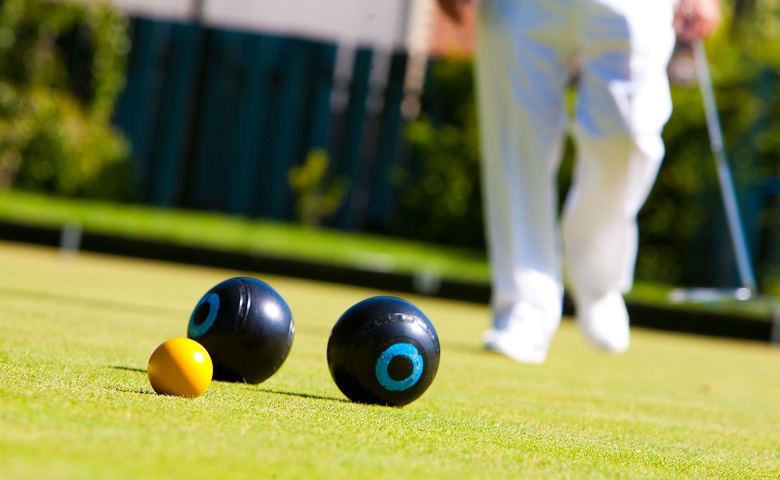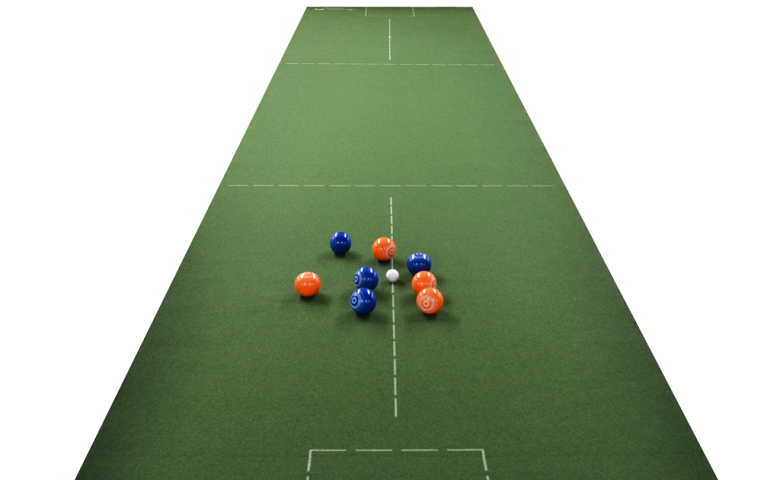A Swimsuit Guide to Color Contrast

Do you struggle with wearing swimsuits of different colors? Read on for a swimsuit guide to color contrast. There are few things as frustrating as wanting to wear a bright bathing suit but being too afraid of the contrast between your skin tone and the color of the material. The thing is, though, that many women make these mistakes simply because they don’t know how to combine colors. So, if you’re one of those women, let this be your guide to color contrast in swimwear!
The Color Contrast Guide
The key to color contrast is the degree of contrast: If you want to wear a red bikini and a black bikini, don’t worry about matching them up. You can pick any two colors you want, as long as the contrast is somewhat similar. For example, a pink bikini and a red bikini would be a good combination if worn together. To put it all into perspective, think about the outfits that you wear outside of the pool. One way to work out what colors look good together is to take a cue from what you already know. For example, if your usual outfit consists of jeans and a t-shirt, try wearing a colorful bikini top with white bottoms. With just a little bit of color contrast, you can have a look that’s even more exciting than the one you usually sport.
Contrasting Tops and Bottoms
What about tops and bottoms of different colors? Well, there’s no hard rule for this one because it’s all in the degree of contrast. If you’re looking for something that creates a clear contrast between the two pieces, contrasting colors with similar tones are best. For example, if you wear a lavender top and a green bottom, it doesn’t create any real sense of contrast because they’re both colors in the aqua family or at least close. However, if wearing an orange top and a purple bottom, you create a drastic contrast while still staying in the same family; reds, pinks, purples.
Another thing to remember is that color theory isn’t set in stone; you can break the rules if it suits your style. For example, reddish-orange and leaf green are complementary colors or contrasting colors with very little contrast. However, you can wear them together if it suits your style. A good rule to follow is the 60-30-10 guideline: In order to create a high degree of contrast, choose one color for 60%, another for 30% and a final color for 10%. For example, wearing a bright pink bikini top with an orange bottom and a leaf green sarong creates high contrast.
Pulling Off Steep Contrasts
If you prefer to wear shocking neon colors, choose one color for 60%, another for 30% and then a very bright or low-contrast third color. If you’re already in the neon family for 10%. For example, wearing an orange bikini top with a yellow bottom and an electric blue sarong creates high contrast. If you choose colors that are too close to one another in value; lightness or darkness, it won’t create enough contrast, so avoid choosing colors that are only 10% apart if you want a good contrast.
In summary, color contrast isn’t as hard as it sounds! By following the 60-30-10 rule, you can create interesting bikini combinations. For example, wearing a bright pink top with white bottoms creates high contrast because there is little to no difference between pink and white. However, wear an orange top with purple bottoms creates more of a shock because red and purple are very different. Even combining two colors in the same family, such as blue and aqua, creates a sense of contrast as long as they’re darker or lighter than one another; don’t wear dark blue bottoms with an aqua top! Keep these tips in mind when you are wearing swimwear in Australia.












